Your bag is empty
Already have an account? Log in to check out faster.
Already have an account? Log in to check out faster.
At the very top echelon of Canada’s most revered wineries, Cave Spring and the Pennachetti family are true pioneers of Ontario wine country. In 1973 John Pennachetti Sr. purchased an abandoned fruit orchard draped across the Niagara Escarpment. John immediately knew what he was going to do with the land, remembering how his father Giuseppe, who immigrated from Fermo, Italy in the 1920s, worked to revive a local vineyard the decade prior. Five years later, Pennachetti planted his first vines. He had the foresight to plant the vinifera varieties Riesling and Chardonnay at a time in which - in the 1970s - they were hardly planted in a country whose climate was believed too cold and inhospitable. Today, Riesling and Chardonnay are Canada’s most highly regarded white grape varieties, with much thanks owed to the Pennachetti family’s proof of their potential.
Winemaker Angelo Pavan was tapped to vinify Cave Spring’s inaugural vintage in 1986. Pavan continues his work at Cave Spring, today joined by fellow winemaker Gabe Demarco. The rest of wine operations remain all in the Pennachetti family with John Sr.’s sons Len and Tom. In 1988, Len co-spearheaded the formation of the Vintners Quality Alliance (VQA), a voluntary association of leading Canadian winegrowers that largely governs the country’s formal wine industry. Instrumental in developing Ontario’s appellation system, Len’s work helped partition the Niagara Peninsula into the several sub-appellations recognized today, including Cave Spring’s home on the Beamsville Bench. Tom, with his wife Anne (who herself hails from the Weis family of the revered St. Urbans-Hof winery in Germany’s Mosel region, and the donors of the initial Riesling cuttings planted by John Sr.), heads the estate’s sales and marketing departments.
Cave Spring is among the finest interpreters of the cool climate grapes of which Ontario excels, including, beyond Riesling and Chardonnay, Pinot Gris, Pinot Noir, and Cabernet Franc. The winery also bottles a sparkling wine, and an especially cherished icewine—the regional delicacy. Longtime conservational leaders on the Niagara Peninsula, Cave Spring was the first winery to achieve their provincial environmental credential, Sustainable Winegrowing Ontario, for both their vineyards and cellars. Cave Spring’s commitments to reducing their carbon footprint, however, extend far beyond the certification. Among these initiatives are the surplus-generating solar panels that line their storage facility and powers production, or their fostering of endangered species, such as Little Brown Bats and Barn Swallows—important cogs in the local ecosystem that manage various insect pests that can afflict the vineyards.



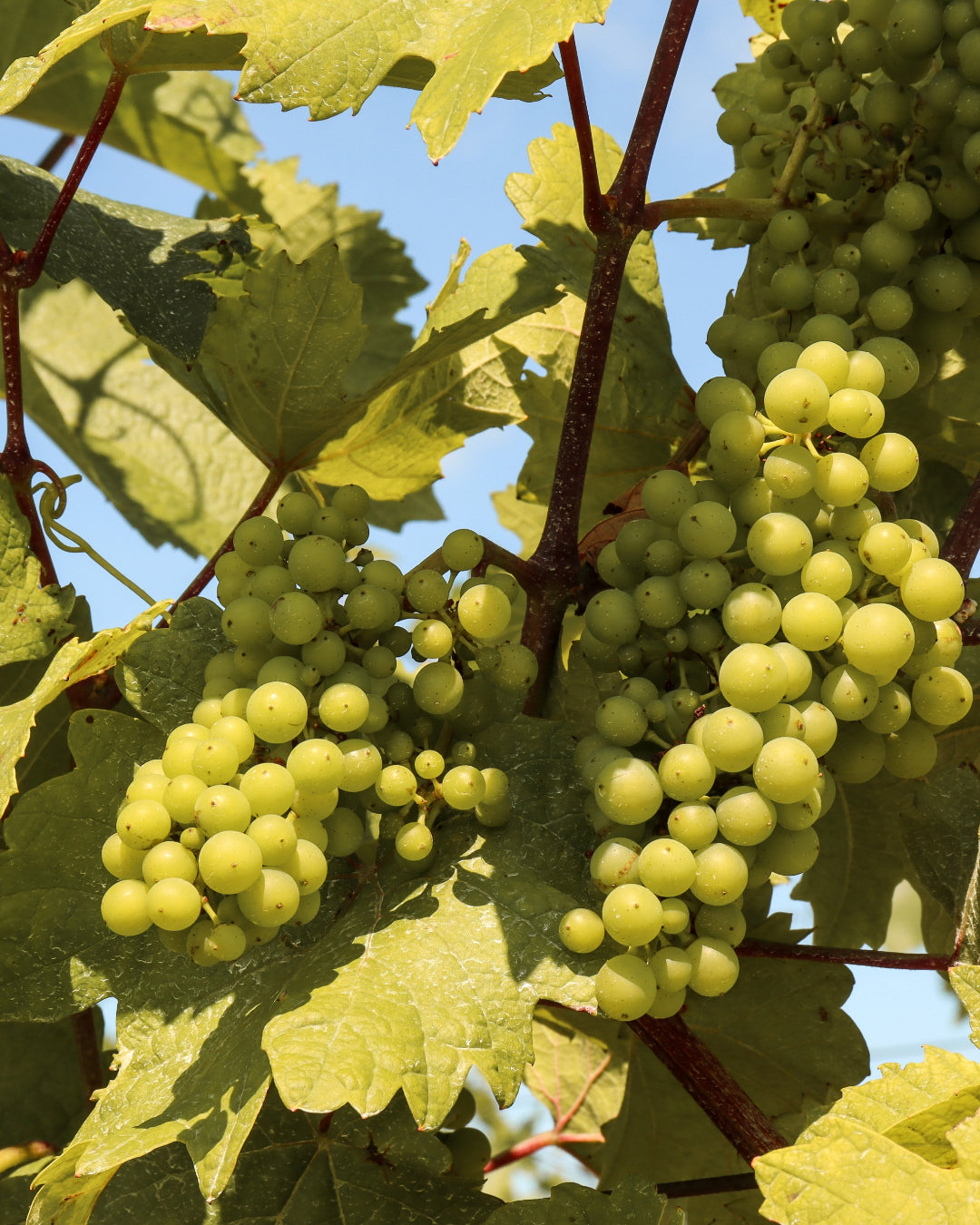
The history of viticulture in Ontario can be traced back to 1811, when Johann Schiller planted the province’s first vineyard, just outside of Toronto. Much of Ontario’s early winegrowing was similar to Schiller’s, cultivated from native American vine species or hybrids. This began to change in the early 1950s when Brights, one of Ontario’s largest wineries, planted Chardonnay, a variety of the predominant Eurasian vine species Vitis vinifera. Until then, winegrowers feared vinifera would suffer in Canada’s cold, northerly climes, unable to survive the harsh winters. By the late 1970s, a number of new winegrowers, including Cave Spring, would follow in Brights’ footsteps and plant their own vineyards with vinifera varieties. Today, Ontario and its largest wine region, the Niagara Peninsula, is a global leader in cool climate winegrowing, with a bustling wine and hospitality industry celebrating its world class wines.
On a stretch of land between Toronto and Niagara Falls, the Niagara Peninsula is defined by the Great Lakes. Lake Erie lies to the south, and the region’s vineyards crawl up against the shorelines of Lake Ontario to the north. The Niagara Escarpment slices through the vinescape and extends into New York. A long, north-facing slope, topped by a gentle plateau, the Niagara Escarpment is critical in creating the unique climatological patterns that allow grapes to thrive. Moderating breezes from Lake Ontario blow inland toward the Escarpment, which blockades the winds and forces them into a centrifugal motion. This “lakeshore effect” not only reduces disease pressure in the vineyards, it causes the skins of the berries to thicken, providing concentration to the wines.
Ontario’s appellation system is regulated by the Vintners Quality Alliance (VQA). The VQA generally divides the Niagara Peninsula into two areas: the flatter Niagara-on-the-Lake and the Niagara Escarpment. From the two areas the VQA has carved out a further ten sub-appellations. Among them is the Beamsville Bench VQA, which occupies prime real estate on the far western limestone soils of the Escarpment.
Ontario and the Niagara Peninsula specialize in cooler climate grape varieties, such as Riesling, Chardonnay, Gamay, Pinot Noir, and Cabernet Franc. Hybrids and native American grape varieties still play an important role in the Ontario wine industry, and several varieties, such as Baco Noir and Vidal Blanc, produce wines of complexity and character. One notable specialty of Ontario is its icewines. A beloved (and expensive) dessert wine, most commonly crafted from Vidal Blanc, Riesling, or Cabernet Franc, icewine was first produced in Ontario in the 1980s, attracting international accolades the following decade. Icewine can only be harvested beneath -8˚ C. At this temperature, the berries are frozen, dramatically increasing the ratio of sugar to water in the juice when pressed. The resulting wines are not only decadently sweet, but also extremely pure, long, and nuanced.
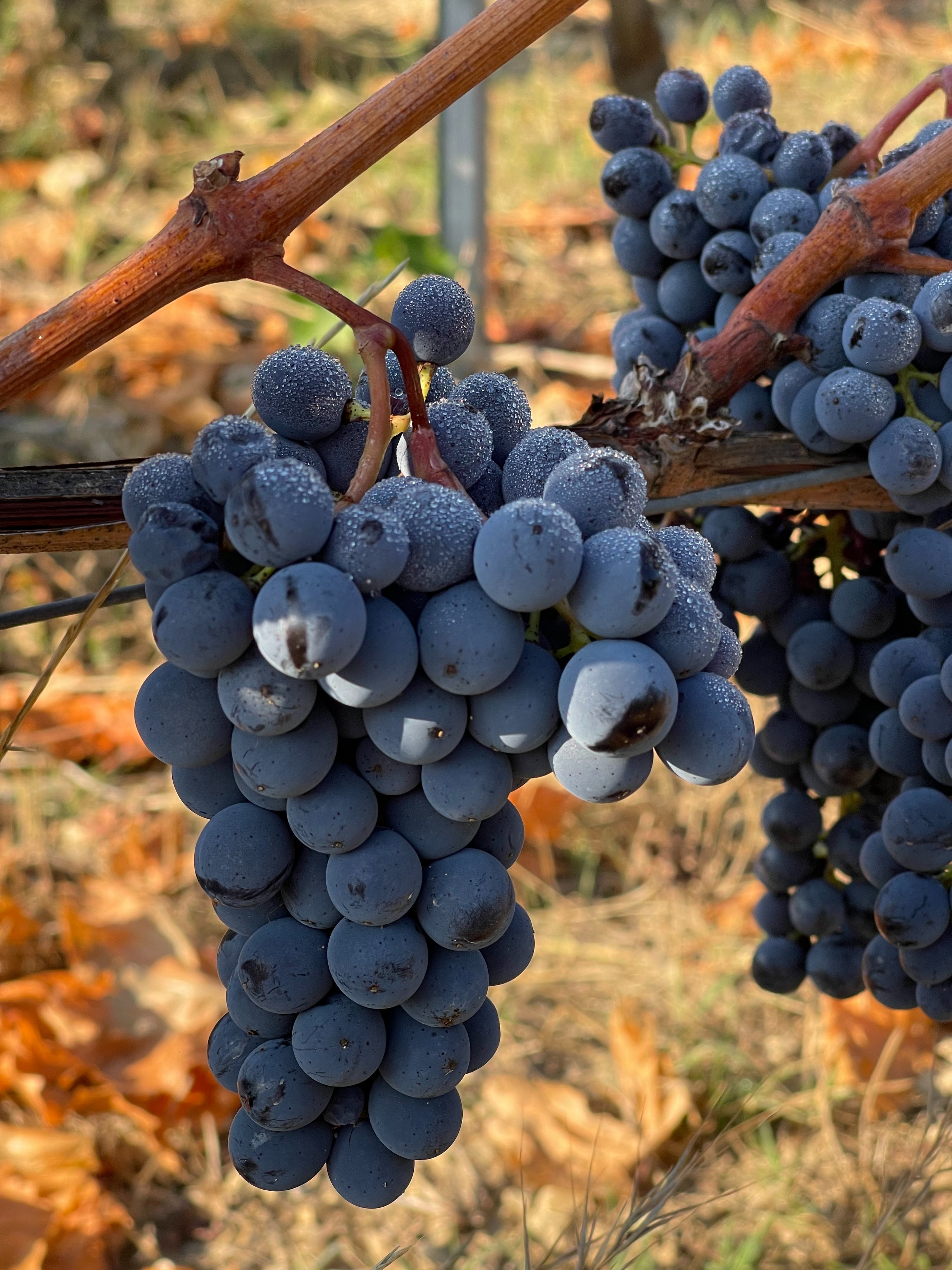
Cave Spring Vineyard's unwavering commitment to true sustainability is deeply rooted in their rigorous environmental stewardship. While they take immense pride in being the first winery in Ontario to achieve certification in both their vineyards and cellars, their journey towards excellence doesn't stop there. Cave Spring has gone above and beyond, delving even deeper into their practices to surpass these demanding standards.
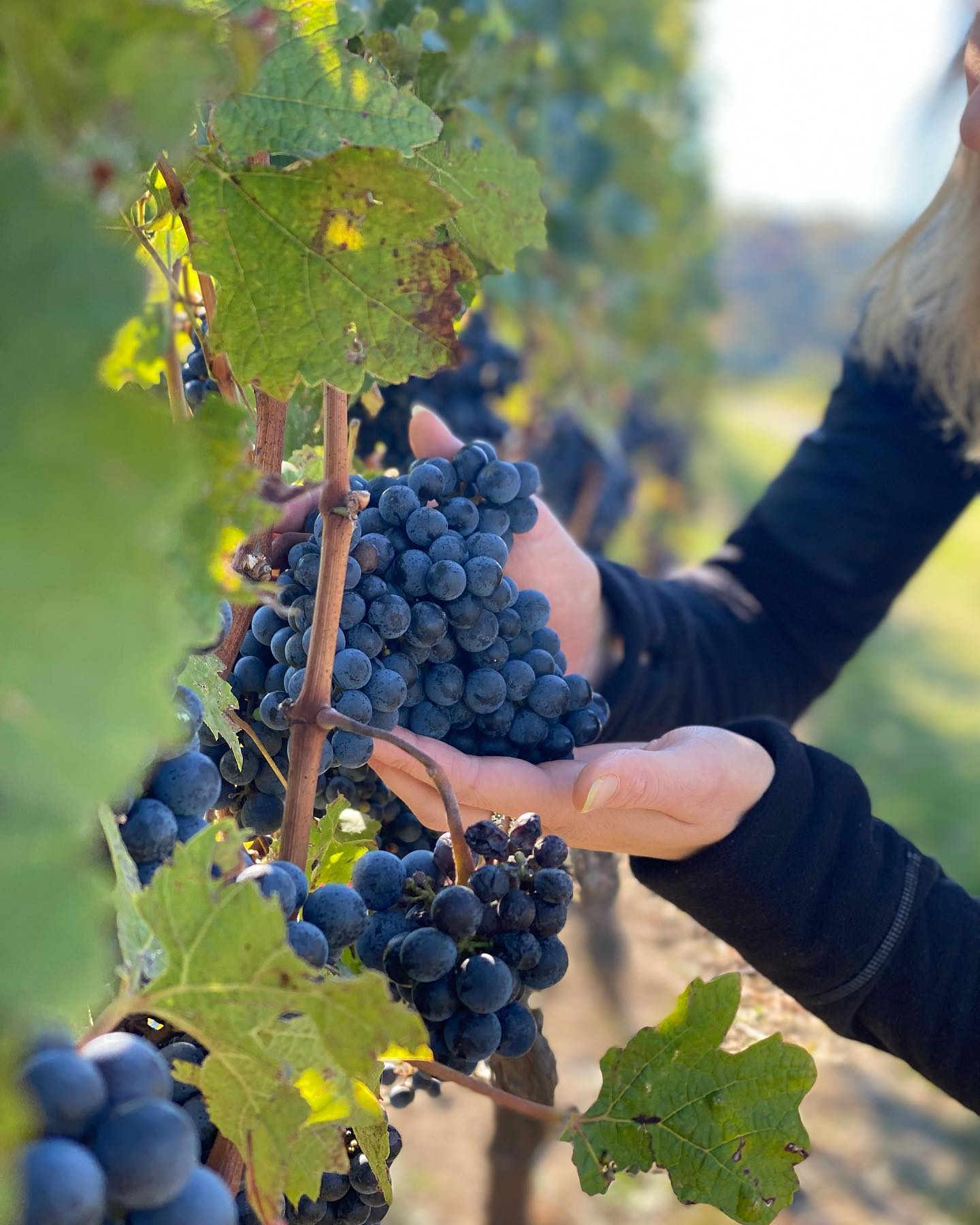
In its unwavering commitment to continuous improvement, Cave Spring Vineyard has emerged as a pioneer in environmental sustainability. By embracing innovative wastewater treatment technology, Cave Spring became the first winery in the world to pave the way for others. Moreover, the installation of solar panels further solidifies their dedication to renewable energy. These panels not only power their main storage facility but also generate surplus electricity, offsetting a remarkable 30% of Cave Spring's total electricity demand.
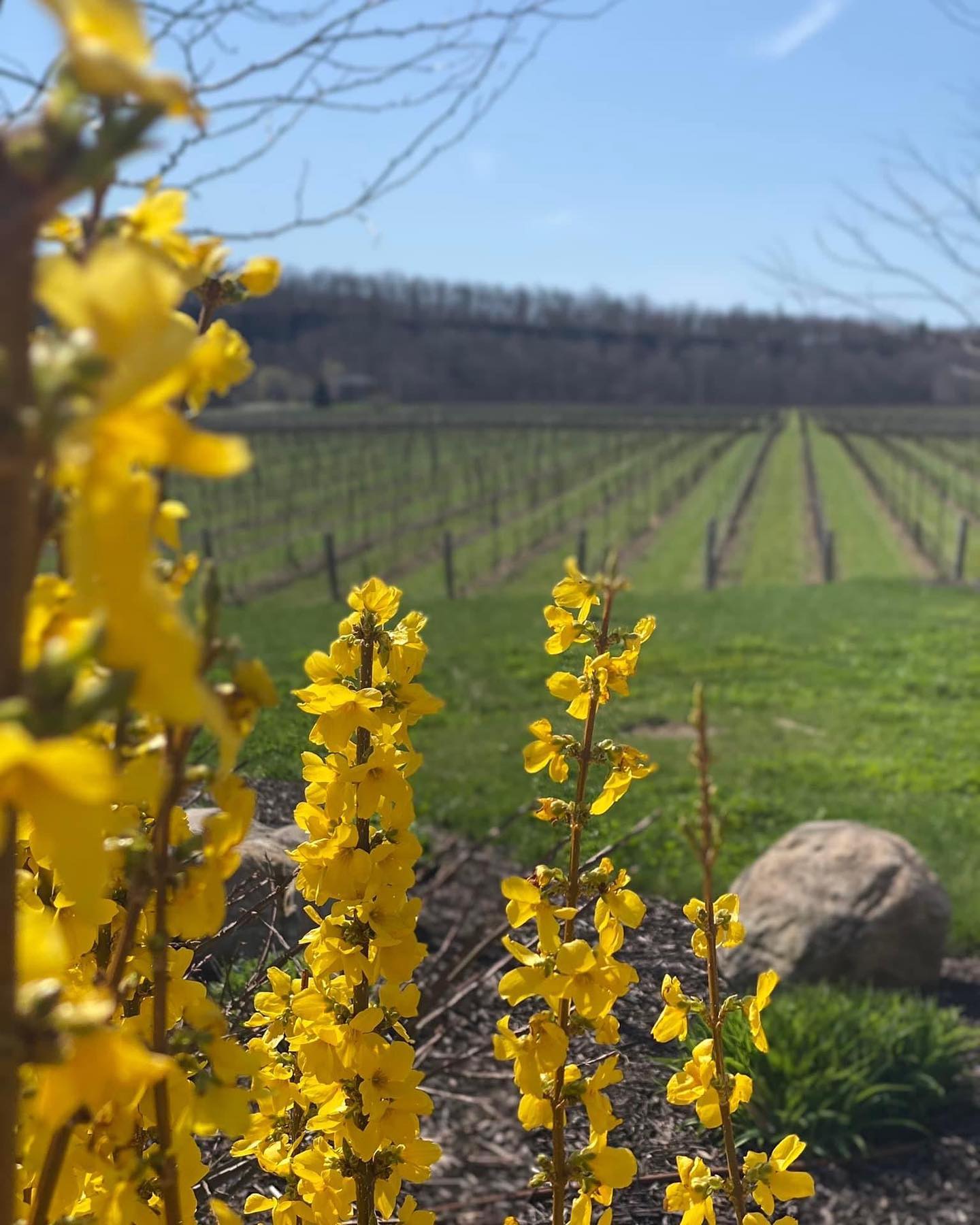
As part of its commitment to preserving global forests, the winery demonstrates its dedication through its wine storage selection. Rather than utilizing oak derivatives, Cave Spring chooses to use old, neutral oak casks, thereby contributing to the protection of precious oak forests worldwide. Furthermore, the majority of their wine bottles are crafted with lightweight glass, reducing carbon emissions during transport. Additionally, they are sealed with natural cork, a completely renewable resource.
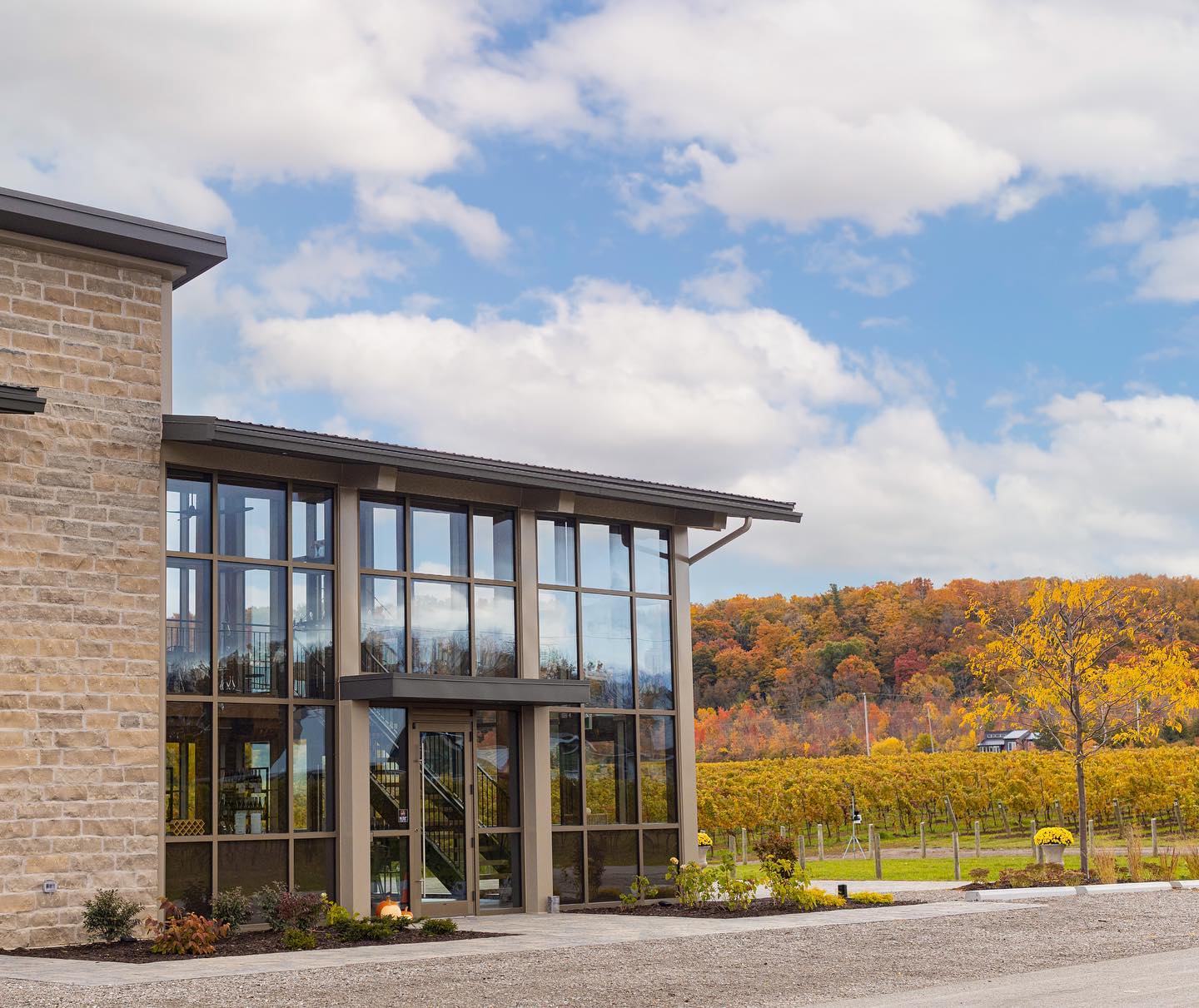
Cave Spring exemplifies its commitment to maintaining a balanced ecosystem by nurturing endangered species like Little Brown Bats and Barn Swallows. These creatures play a vital role in controlling insect populations within the vineyards. Additionally, Cave Spring's sustainability efforts extend beyond what meets the eye; they include actions like eliminating shrink-wrap during transportation and employing state-of-the-art, energy-efficient technology in label manufacturing.